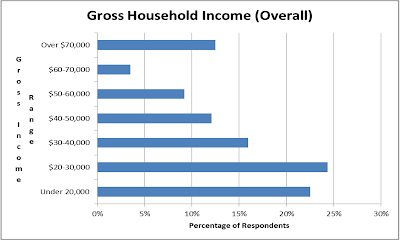Update: I have learned that South of Fraser route changes will not occur until later this year or early 2017.
Last fall, I posted about proposed changes that TransLink was contemplating for the bus network in the South of Fraser. These changes are part of a larger program to adjust transit service in the region to match changing travel patterns.
With no new money to expand transit service, TransLink has taken a hard look at the services it provides. Over the past several years, it has been maximizing the efficiency of the transit network by shift service hours around.
While it is good that TransLink has gone through these efficiency exercises, the fact still remains that there is not enough transit service hours to meet the needs of our growing region. Only new funding to provide improved service will help.
Over the fall, TransLink got feedback from people that live near the proposed bus route changes. Based on that feedback, TransLink will be making the following changes to bus routes in the South of Fraser. Along with the changes, the level of support has been included. These changes outlined will start taking place on April 11th.
 |
| Bus route changes in Cloverdale and Panorama. |
 |
| Bus route changes along King George Boulevard. |
Transit service will finally be provided along 208th Street in the fast-growing Willoughby community. The 509 route that serves Walnut Grove will now go to Lougheed SkyTrain instead of Surrey Central to relieve crowding on the 555.
 |
| Bus route changes in Willoughby. |
 |
| Bus route changes for Walnut Grove. |
In Langley City and Brookswood, the 502 will no longer go to Brookswood and the 590 service will be deleted. The 531 will now go to Langley Centre, and the C63 routing has been adjusted.
 |
| Bus route changes in Brookswood and Langley City. |
TransLink proposed a series of changes in White Rock/South Surrey that raised a number of concerns with people in the area. TransLink will be working on refining the following option before putting any changes into effect in that part of the South of Fraser.
 |
| Proposed bus route changes in South Surrey and White Rock |






















